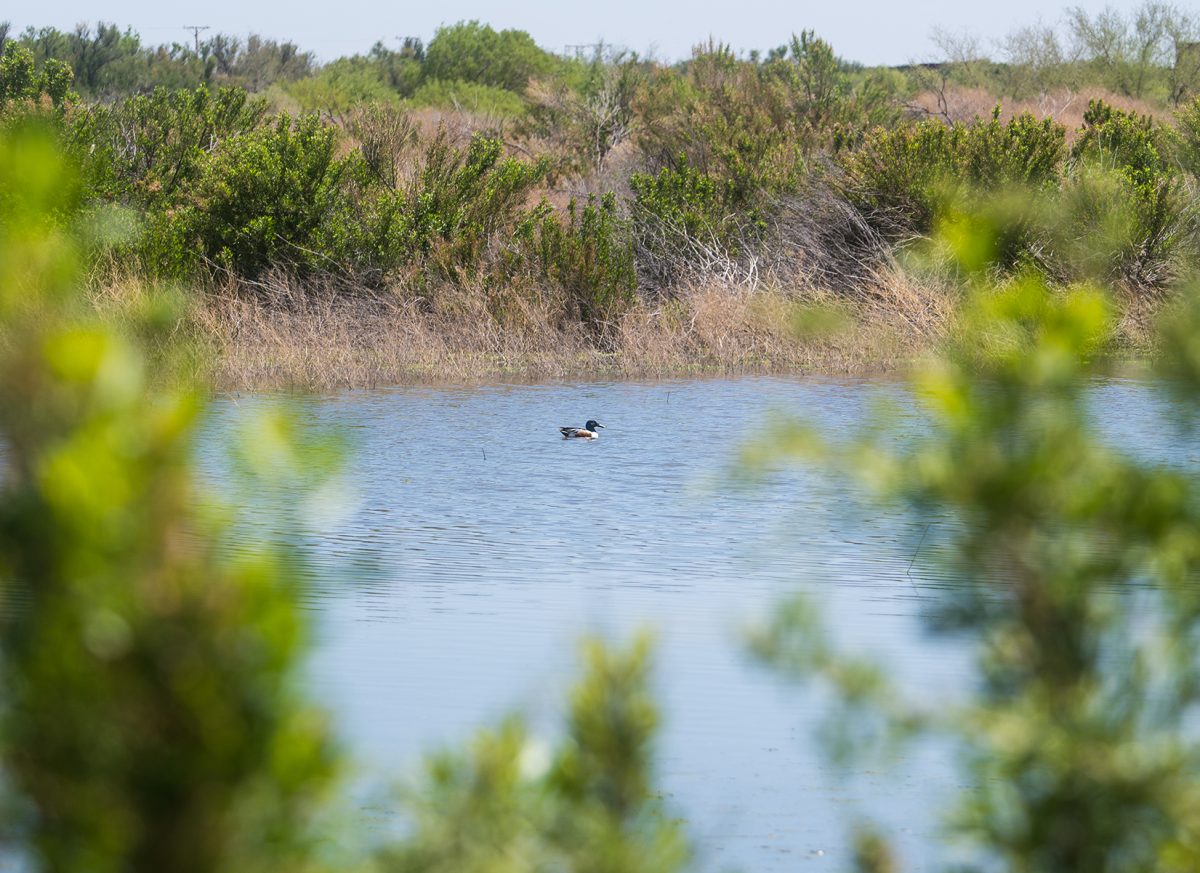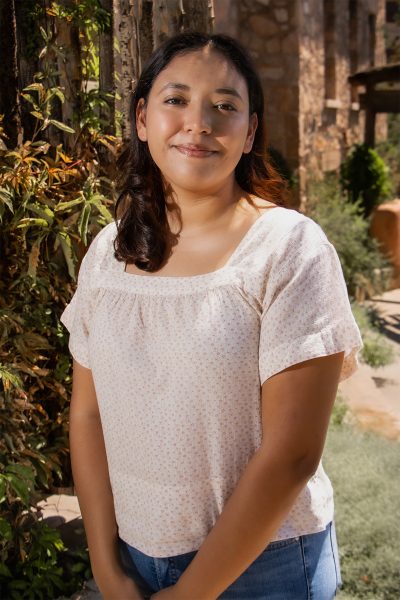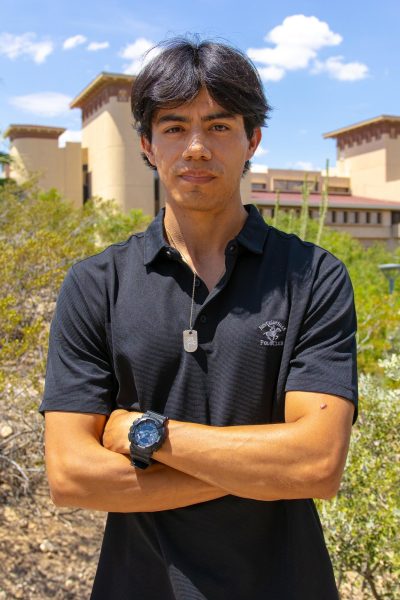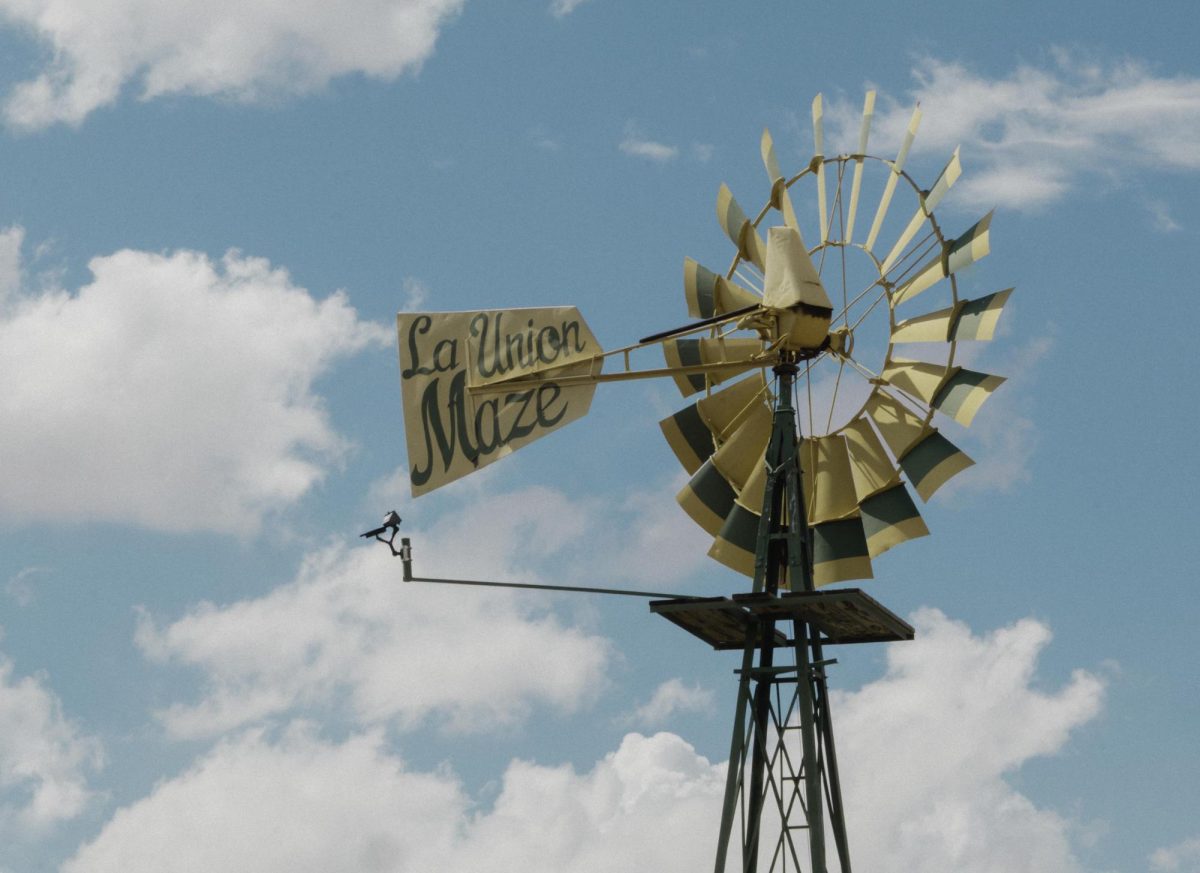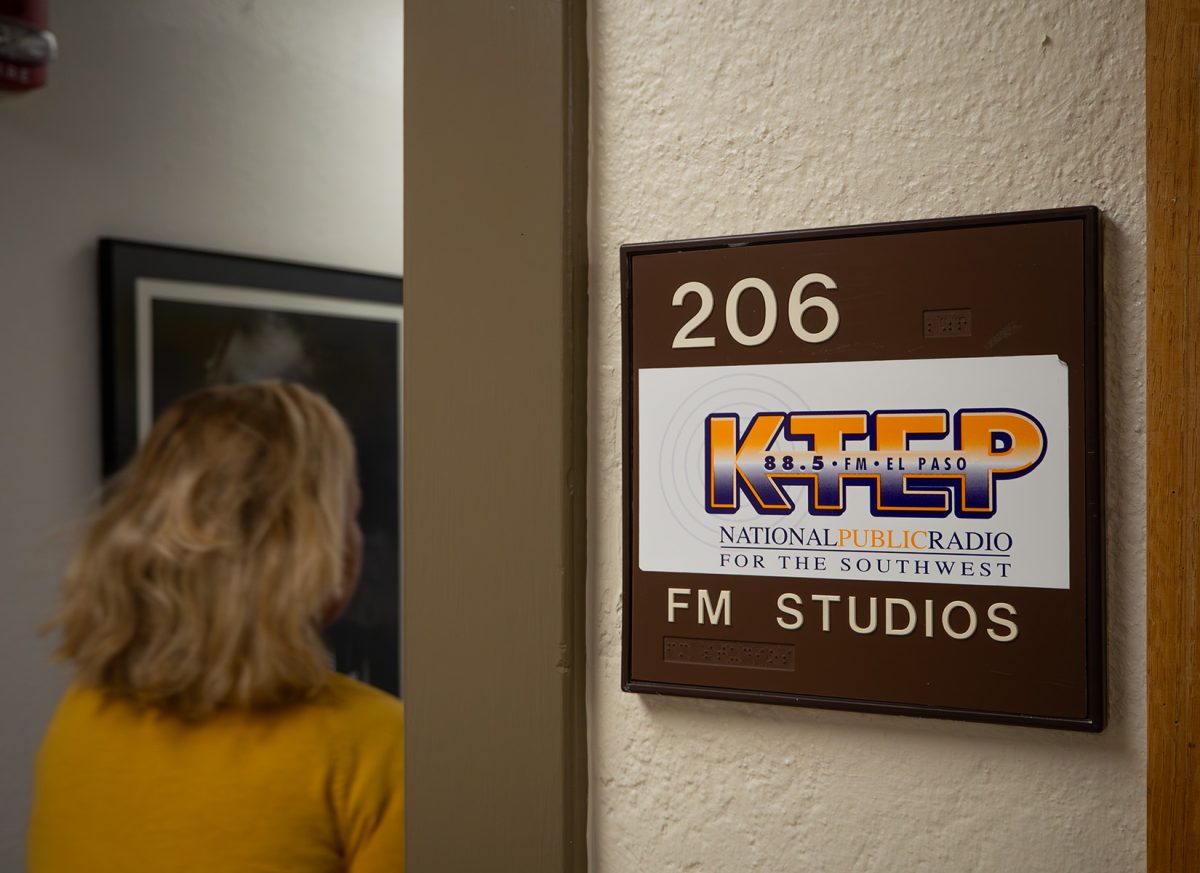The Rio Bosque Wetlands is a 372-acre park managed by UTEP’s Center for Enviornmental Resource Management (CERM).
According to CERM, the goal of the park is to restore the wetlands, riverside forests and wildlife that once surrounded the Rio Grande but was lost due to the channelization of the river in the mid-1930s.
Since the program’s opening in 1973, the park has been able to restore vegetation to dry desert areas and has helped wildlife return to the area with CERM reporting a list of 242 different bird species being spotted at the park.
However, recently, a threat to the Rio Bosque Wetlands has emerged that could threaten the work being done to restore the park.
In Rio Bosque’s newsletter, it states that the Texas Department of Transportation (TxDOT) has conducted the Border Highway East Corridor Study, an initiative where potential route plans for a highway extension were made.
TxDOT states in the project fact sheet that in 2013, an examination was made that showed the need to extend Loop 375 due to lack of connectivity between Interstate 10 and Loop 375, increasing traffic demands on east to west streets, train crossings in the area that caused delays and impeded traffic, and anticipated future demand on the existing transportation network.
According to Rio Bosque’s newsletter, the project has a set start date of 2033 and the project plans to add a four-lane, 20-mile extension from Loop 375 to Tornillo.
Jon Rezendes, an El Paso conservation advocate spoke about the highway extension in front of the El Paso Water Public Service Board. He said that there are three planned routes for the highway, one alongside the border wall, and two alongside the canal on the east side of the wetlands.
Rezendes shares that this would mean all the planned routes would be parallel to the park and would pass over the wetland’s water conservation cells which could cause environmental damage to the park.
“Think about the runoff, think about the trash, think about the air pollution, what about the wildlife?” Rezendes said. “We are talking about the only freshwater wetland in the county.”
Sergio Samaniego, the Assistant Manager of the Rio Bosque Wetlands spoke about the threat the highway could have to the wildlife of the wetlands in an interview with KVIA.
“It would definitely not be attractive for any migratory birds that are flying through the area to stop and rest and eat,” Samaniego said. “The noise pollution and vehicle pollution would be too much for any of the birds that nest here or to even consider nesting at the park, so it would decrease it significantly.”
According to KVIA, while there are potential routes, the project is not set in place yet and TxDOT would have to be approved by the National Enviornmental Protection Act before moving forward with construction.
In an interview with KTSM, a public information officer for TxDOT, Lauren Macias-Cervantes reassures the public that the study is still in its beginning phase.
“There is no construction timeline, roadway of this magnitude would take 40 to 50 years,” Cervantes said. “It is taking a look at that area and how mobility can be improved for the future. This involves other entities; it’s connecting a lot of communities.”
The community has the opportunity to learn and share their thoughts on the highway expansion as TxDOT is holding two public outreach events. On May 1, a pre-recorded public meeting will be available at 5 p.m. That same day, an in-person meeting will be held at Clint High School from 5 p.m. to 7 p.m. and on May 2 at Western Tech College from 5p.m. to 7p.m.
Ximena Cordero is a staff reporter and may be reached at [email protected].

